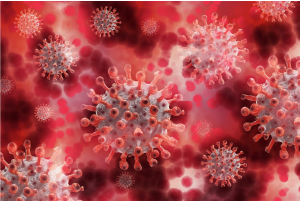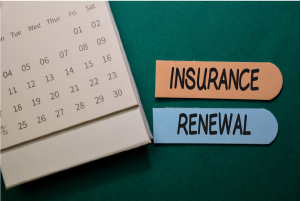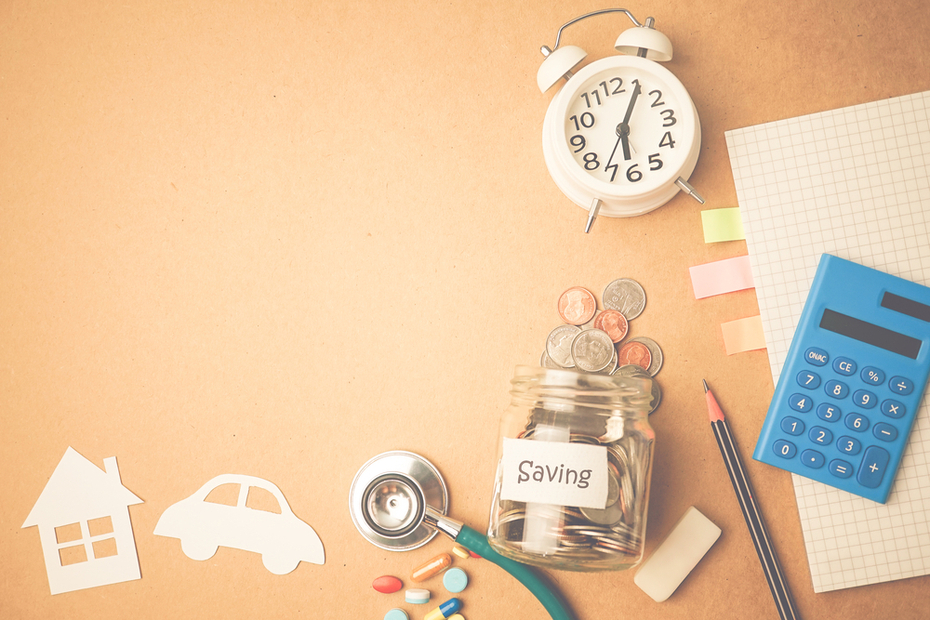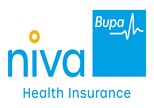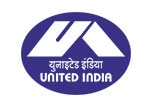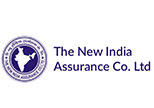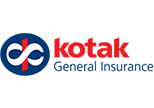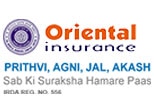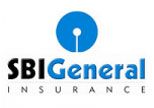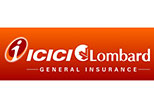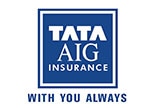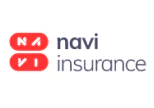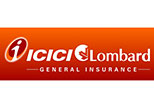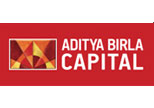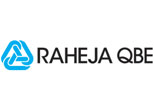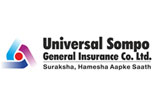How to Apply for Government Health Insurance in India?

Ever wondered how you would handle a medical emergency without draining your savings? What if a loved one needs hospitalization and you can’t afford the treatment?
Healthcare in India can be expensive. But here’s the good news: the government offers several health insurance schemes to ease the financial burden. Whether you’re a daily wage earner, a salaried employee, or from a low-income family, there’s likely a scheme for you.
But how do you apply? What documents do you need? And which scheme is right for you?
This guide will walk you through everything you need to know so that government insurance becomes your shield, not a struggle.
Table of Contents
- What is Government Health Insurance in India?
- Popular Government Health Insurance Schemes in India
- 1. Ayushman Bharat - Pradhan Mantri Jan Arogya Yojana (PM-JAY)
- 2. Rashtriya Swasthya Bima Yojana (RSBY)
- 3. Aam Aadmi Bima Yojana (AABY)
- 4. Employees’ State Insurance Scheme (ESI)
- 5. Pradhan Mantri Suraksha Bima Yojana (PMSBY)
- 6. Central Government Health Scheme (CGHS)
- 7. Bhamashah Swasthya Bima Yojana (For Rajasthan Residents)
- 8. Mahatma Jyotiba Phule Jan Arogya Yojana (For Maharashtra Residents)
- Eligibility Criteria for Government Health Insurance
- Documents Required for Applying
- How to Apply for Government Health Insurance?
What is Government Health Insurance in India?
Government health insurance schemes are schemes introduced by the central and state governments, with an aim to offer financial protection from medical expenses. These schemes target vulnerable sections of the society, including – low-income families, daily wage earners, senior citizens and government employees.
Unlike private health insurance, these government schemes have low or no premiums, cashless treatment and all pre-existing diseases are covered. So it can be afforded by most of the population only.
Popular Government Health Insurance Schemes in India
Different schemes cater to different professions, income levels, or states. Let’s look at some of the most well-known ones:
1. Ayushman Bharat - Pradhan Mantri Jan Arogya Yojana (PM-JAY)
The Ayushman Bharat-PMJAY Scheme is one of India’s largest health insurance schemes, which aims to provide free medical coverage to the bottom 40% of the population in terms of income. It covers both rural and urban poor families and provides financial assistance for hospital expenses.
Key Benefits:
- Cover of ₹5 lakhs per family per year
- No cap on family size or age
- Covers 1,300+ medical procedures
- Pre-existing disease covered from day 1
- Cashless treatment in empaneled public and private hospitals
- Covers medicines, diagnostic and hospital stay expenses
2. Rashtriya Swasthya Bima Yojana (RSBY)
The RSBY scheme is for unorganized sector workers, to avail of quality medical care without facing financial difficulties. It's meant to help below poverty line (BPL) families by providing them with a cashless health insurance.
Key Benefits:
- Coverage of ₹30,000 per family per year
- Hospitalisation expenses, pre-existing diseases and maternity care coverage
- Transportation allowance of ₹1,000 p.a
- Cashless treatment at empaneled hospitals
3. Aam Aadmi Bima Yojana (AABY)
The Aam Aadmi Bima Yojana Health Scheme is a life and accident insurance scheme for rural workers in India with the most affordable premium. Applicants have to be engaged as a worker in any of the 48 listed occupations like fisherman, weaver, carpenter etc.
Key Benefits:
- ₹30,000 for natural death
- ₹75,000 for accidental death. Coverage is provided only for the earning member of the family.
4. Employees’ State Insurance Scheme (ESI)
Employees’ State Insurance Scheme (ESI) covers you if you are a salaried individual earning less than ₹21,000 per month (₹25,000 for disabled employees) and provides complete medical cover.
Key Benefits
- Free medical care for insured employees and their dependents
- Sickness benefits (70% of wages) for up to 91 days per year
- Maternity benefits (26 weeks of paid leave)
- Disability and dependent benefits in case of injury or death at work
- Hospitalization, OPD, diagnostics and medicines are covered.
5. Pradhan Mantri Suraksha Bima Yojana (PMSBY)
The Pradhan Mantri Suraksha Bima Yojana is actually an accident insurance scheme primarily aiming to cover accidental deaths and disabilities at a very minimal cost.
Key Benefits
- ₹2,00,000 in case of death or complete disability due to accident
- ₹1,00,000 in case of permanent partial disability
- Automatically debited from your bank account every year
6. Central Government Health Scheme (CGHS)
The Central Government Health Scheme is only for central government employees and pensioners. It covers medical expenses of employees in the judiciary, executive and legislative bodies.
Key Benefits:
- Cashless treatment at government and empaneled hospitals
- AYUSH Treatment Coverage ( Ayurveda, Yoga, Unani, etc)
- Maternity and family welfare benefits.
- Post-retirement health coverage
7. Bhamashah Swasthya Bima Yojana (For Rajasthan Residents)
The Bhamashah Swasthya Bima Yojana scheme is specifically designed for Rajasthan residents, covering families under the National Food Security Act (NFSA).
Key Benefits:
- ₹30,000 for general medical treatments
- ₹3,00,000 for critical illnesses
- Covers pre and post-hospitalization expenses
- Cashless treatment at government and private hospitals
8. Mahatma Jyotiba Phule Jan Arogya Yojana (For Maharashtra Residents)
The Mahatma Jyotiba Phule Jan Arogya Health Scheme provides cashless treatment for hospitalisation and surgeries to the low-income group of Maharashtra.
Key Benefits:
- ₹1,50,000 per family per year
- ₹2,50,000 for renal transplants
- Available at government orphanage, women's shelter and old age home
Eligibility Criteria for Government Health Insurance
While some schemes are open to all, others have specific criteria based on:
- Income level (e.g., Above Poverty Level for PM-JAY)
- Employment Types (e.g. ESI for salaried employees)
- Residency Status (e.g., state-specific schemes like the Bhamashah Yojana)
- Age restrictions (Some benefits are for only senior citizens)
Documents Required for Applying
Here are some of the common documents that you’ll be required to present when applying for a Government health insurance scheme:
- Aadhaar Card (for almost all schemes)
- Income Certificate (for income-based schemes)
- Ration Card (for state schemes)
- Bank Account Details (for schemes that have automatic debit premium payments)
- Employment Proof (for ESI and similar schemes)
How to Apply for Government Health Insurance?
You can apply in two ways:
Online Application
- Visit the official website of the scheme.
- Fill out the online form and upload documents.
- Submit the form and note down the reference number.
- Wait for verification and confirmation.
Offline Application
- Visit the nearest government office or empaneled hospital.
- Collect and fill out the application form.
- Attach required documents and submit them.
- Receive a submission receipt for tracking.
Government health insurance schemes are a lifeline for millions of Indians, ensuring access to affordable and quality healthcare. Whether you're a daily wager, salaried professional, or a government employee, there's likely a scheme that can help secure your family's health and future.
Just check your eligibility, gather your documents, and apply today, because your health should never come at the cost of financial hardship.





